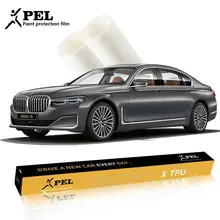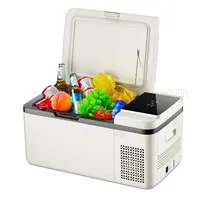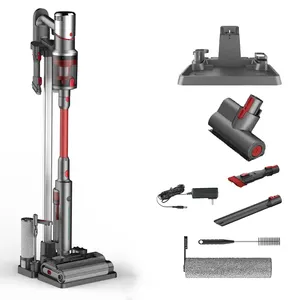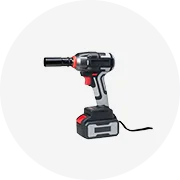

Qxxz máy thổi bụi không khí cầm tay xe hơi máy thổi khí gió cao không dây máy hút bụi mini mục đích kép

Sẵn sàng vận chuyển


Thiết kế mới xách tay mini thông minh không dây 4 trong 1 máy hút bụi cho gia đình và xe hơi sử dụng



New Arrival Khô Nhỏ Đa Chức Năng Mạnh Mẽ Mini Wireless Cordless Cầm Tay Di Động Có Thể Sạc Lại Xe Máy Hút Bụi


Máy Hút Bụi Ô Tô 120W 6500Pa DC 12 Volt Cầm Tay 1 Bộ Lọc Rửa Được Bằng Thép 2 Túi Đựng Phụ Kiện Dây Nguồn 16 Feet

Xe Máy Hút Bụi, 12 Volt 75 wát Di Động Cầm Tay Tự Động Máy Hút Bụi Tự Động Trọng Lượng Nhẹ Cleaner Dustbuster Tay Vac
Sẵn sàng vận chuyển




























 浙公网安备 33010002000092号
浙公网安备 33010002000092号 浙B2-20120091-4
浙B2-20120091-4